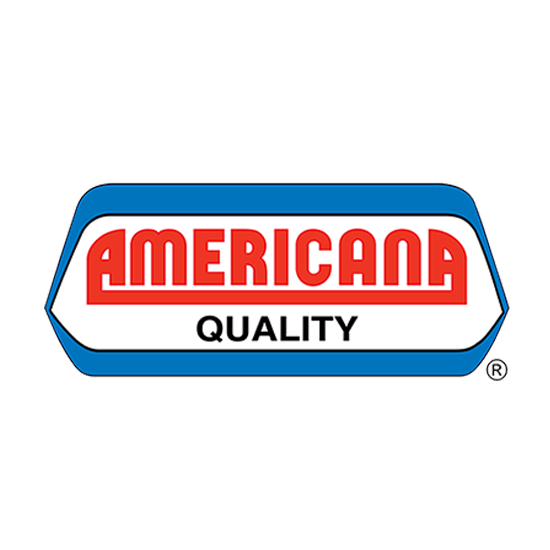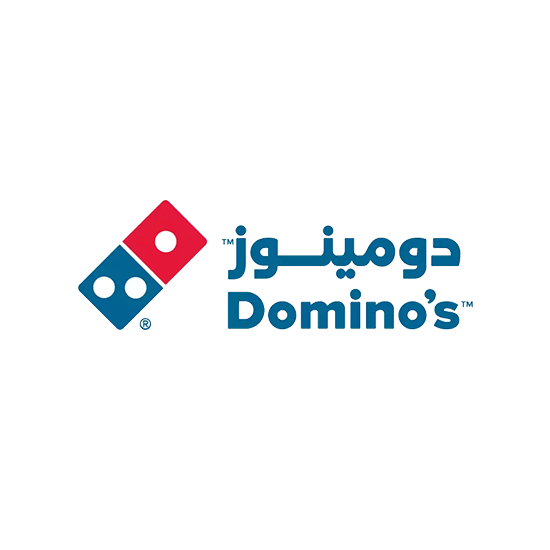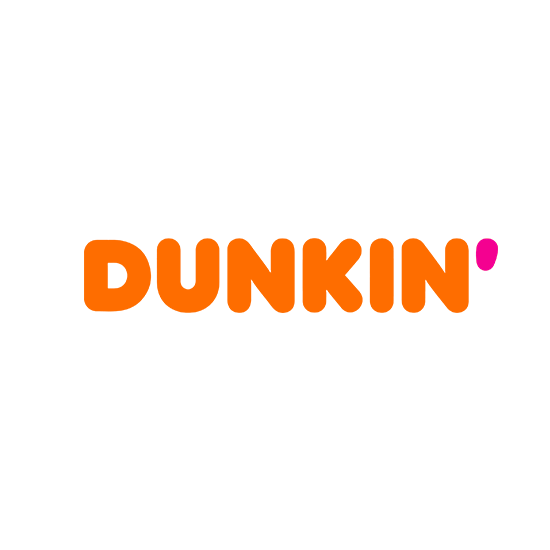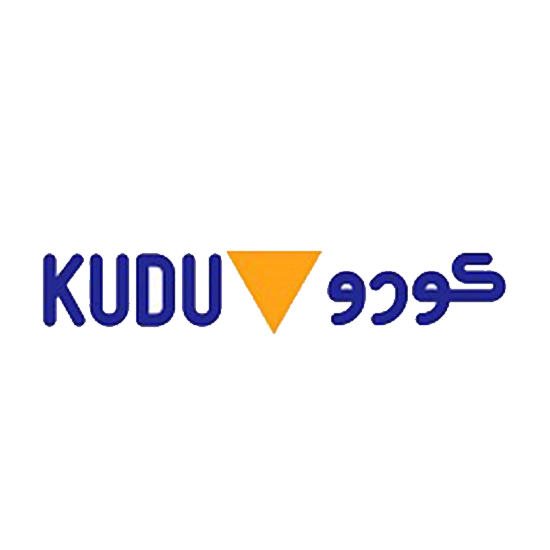Benefits of Digital Signages for your business in 2023

Table of Contents
Digital signage has become an increasingly popular tool for businesses of all sizes it will transform your business, increase visibility, attract customers, and drive sales. With the ability to display dynamic, interactive content, digital signs offer a range of benefits that can help to enhance the customer experience and drive business growth. In this article, we’ll take a look at the top 12 benefits of digital signage for your business.
Increased Visibility
One of the most obvious benefits of digital signage is increased visibility. Digital signs can be placed in a variety of locations, such as storefronts, lobbies, and public spaces, making them highly visible to potential customers. This increased visibility can help to increase brand awareness and drive more foot traffic to your business.
Flexibility
Another major benefit of digital signage is flexibility. Unlike traditional static signs, digital signs can be easily updated, changed, or modified to reflect new products, promotions, or events. This allows businesses to quickly respond to changing market conditions or customer demands and ensures that the message being conveyed is always current and relevant.
Interactive
Digital signs can also be interactive, allowing customers to engage with your brand, learn more about your products, or even make a purchase. For example, an interactive kiosk in a retail store can allow customers to browse products, place an order, or make a payment without the need for assistance from store staff.
Attract Attention
Digital signs are eye-catching and dynamic, making them more likely to capture the attention of potential customers than static signs. With bright, colorful displays and the ability to display moving images and animations, digital signs can grab the attention of people passing by and entice them to take a closer look.
Cost-effective
In the long run, digital signage is more cost-effective than traditional methods of advertising. While the initial cost of purchasing and installing digital signs may be higher, the cost of maintaining and updating them is significantly lower. Additionally, digital signs have a longer lifespan and can be used for several years without needing to be replaced.
Self-check-ins and check-outs
Self-check-in and check-out systems can also be integrated with digital signage to create an even more efficient and convenient experience for guests. By using digital signs, guests can be guided through the check-in and check-out process and provided with real-time information about available rooms and amenities.
One of the main benefits of using digital signage for self-check-in and check-out is the ability to provide guests with a seamless and intuitive experience. For example, digital signs can be used to display step-by-step instructions for using the self-check-in kiosk or mobile app, making it easy for guests to complete the process quickly and efficiently.
Additionally, digital signs can be used to display real-time information about available rooms, such as room number, occupancy status, and amenities, allowing guests to make an informed decision when choosing a room.
Digital signage can also be used to enhance the security of self-check-in and check-out systems. For example, by displaying the guest’s names and room numbers on a digital sign, front desk staff can easily confirm the identity of guests who are checking in or out. Additionally, digital signs can be used to display security alerts and notifications, such as suspicious activity or potential security breaches, which can help to ensure the safety and security of guests and staff.
Furthermore, digital signage can also be used to improve the efficiency of the check-in and check-out process. For example, by using digital signs to display real-time information about the occupancy status of rooms, front desk staff can quickly and easily assign rooms to guests, reducing wait times and improving overall efficiency.
In conclusion, by integrating digital signage with self-check-in and check-out systems, hotels, resorts, and other types of lodging can provide guests with a more efficient and convenient experience. Digital signs can be used to guide guests through the check-in and check-out process, provide real-time information about available rooms and amenities, enhance security and improve the overall efficiency of the process.
Scheduled Content
One of the key benefits of digital signage is the ability to schedule content. This feature allows businesses to plan and schedule their content in advance, ensuring that the right message is displayed at the right time, and in the right place.
Scheduling content in digital signage can be done through a content management system (CMS) which is usually provided by the digital signage software. This system allows businesses to create and schedule content, such as images, videos, and text, to be displayed on one or multiple digital signs. The CMS typically has a user-friendly interface that allows for easy scheduling and management of content.
For example, a retail store can schedule different content to be displayed on their digital signs during different times of the day. During the morning, the store can display content promoting its breakfast menu, and in the evening, it can schedule content promoting its dinner specials. Additionally, the store can schedule different content to be displayed on different digital signs located in different parts of the store, such as promoting specific products or services in the relevant department.
Scheduling content in digital signage can also be used to target specific audiences. For example, a sporting goods store can schedule different content to be displayed on their digital signs during different times of the day, targeting different demographics such as kids during the morning and adults in the evening.
Another benefit of scheduling content in digital signage is that it allows businesses to plan and organize their content in advance. This can be useful for businesses that have a lot of content to display, and it allows them to ensure that the right message is being delivered at the right time. It can also help to save time and resources, as the content can be scheduled in advance, reducing the need for manual updates.
In conclusion, scheduling content in digital signage is a powerful feature that allows businesses to plan and organize their content in advance, ensuring that the right message is displayed at the right time, and in the right place. This feature can be used to target specific audiences, and it can help to save time and resources by allowing businesses to schedule content in advance.
Real-time Updates
Digital signs can be updated in real-time, allowing you to quickly respond to changing market conditions or customer demands. For example, if a sale is about to end or a new product is about to launch, a digital sign can be updated to reflect this in real-time, ensuring that customers are always aware of the latest offers and promotions.
Targeted Messaging
Digital signs can be used to deliver targeted messaging to specific audiences, such as promoting specific products to specific demographics. For example, a digital sign in a mall could display different content for different times of the day, such as targeting families with children during the day and young adults in the evening.
Increased ROI
Digital signs can increase your return on investment by reaching more customers and generating more sales. By displaying targeted messaging and interactive content, digital signs can help to attract more customers and encourage them to make a purchase. Additionally, digital signs can help to improve the customer experience, which can lead to increased customer loyalty and repeat business.
Measurable
Digital signs provide measurable results, allowing you to track the effectiveness of your campaigns and make data-driven decisions. For example, with the use of analytics, businesses can track how many people viewed the digital sign, how long they viewed it, and what actions they took as a result. This data can then be used to optimize the content and improve the effectiveness of future campaigns.
Branding
Digital signage can help to increase branding by consistently delivering a visually compelling message that reinforces your brand identity. The use of consistent color schemes, logos, and messaging can help to establish and reinforce your brand in the minds of customers. Additionally, digital signage can be used to display brand-related content, such as company information, testimonials, and product demonstrations, which can help to build trust and credibility with customers.
Digital signage can also be used to create a more immersive brand experience by using interactive and engaging content. For example, using interactive touchscreens, customers can engage with your brand in a more interactive way, by browsing products, watching videos, and reading testimonials. This can help to create a more memorable and positive brand experience, leading to increased brand loyalty and repeat business.
Furthermore, digital signage can also help to increase brand awareness by reaching a wider audience. As digital signs can be placed in a variety of locations, such as shopping centers, airports, and other high-traffic areas, they can reach a larger number of potential customers than traditional forms of advertising.
In addition, digital signage can also aid in personalization and targeting, by displaying relevant information for different demographics and locations. for example, digital signs placed in a mall can display different content for different times of the day, such as targeting families with children during the day and young adults in the evening.
In conclusion, digital signage can help to increase branding by consistently delivering a visually compelling message that reinforces your brand identity, creating an immersive brand experience, and increasing brand awareness through targeted messaging and reaching a wider audience.
Conclusion
Digital signage refers to the use of electronic displays to communicate information, promote products or services, or provide direction in public spaces. It is a form of out-of-home advertising that allows businesses and organizations to reach their target audience in a dynamic and interactive way.
Digital signs can be found in various settings such as retail stores, transportation hubs, and corporate buildings. The signs can display a variety of content, such as videos, images, text, and web pages, and can be updated and controlled remotely. Digital signage solutions often include hardware such as LCD and LED displays, interactive kiosks, and digital menu board, digital billboards, as well as software for creating and managing content.





































